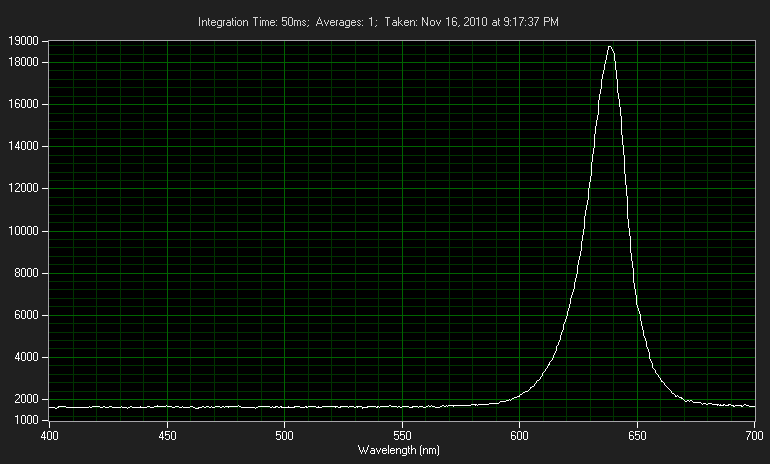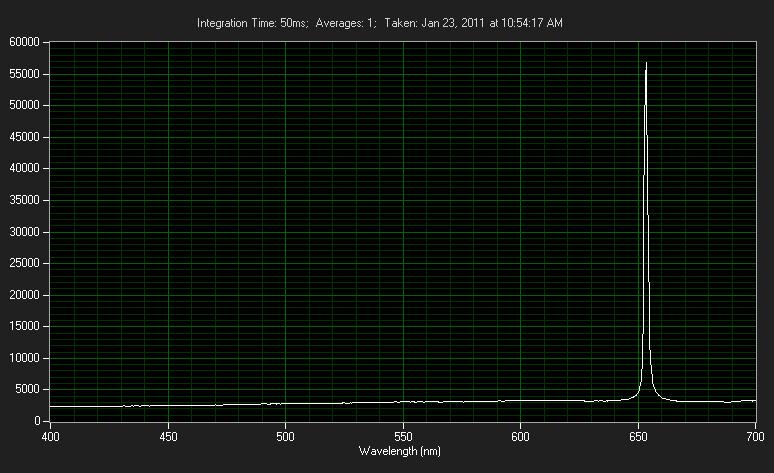So yeah, that's basically what I'm wondering. What distinguishes a laser diode from an LED?
Both are diodes that emit light of a specific wavelength when energized.
The light from a laser diode is not focused into a beam without the aid of a lens.
Could someone take one of these bright CREE LEDs, use a lens to focus it's output, and build a "white laser"?
The primary distinguishing factor of a laser diode, is Coherent light and monochromatic light.
Coherent light implies that the amplified radiation output of a diode is in phase, unlike regular light. this is what allows you to cram so much power into a small area, and makes effective collimation possible.
This has to do with phasing and how laser light gets amplified to have such a high power density, where destructive interferance due to out of phase output from an LED would make this near impossible.
Comparing this as a transverse wave, the output is in a position where amplification is possible as it "lines up" as constructive interferance, amplifying the emittion. an LED will not do this.
Monochrome light bieng the output, is very pure for its wavelenth, where it emits a single wavelenth, rather then variant harmonics that LEDs emit along.
Using a white LED to make a white laser will not work for the following reasons:
Incoherent and multiple wavelenth output: Like it or not, white is going to be a full mix of wavelenths, main stopping factor is so much interferance and different phase and harmonics, it pretty much makes it impossible.
You can make a white laser out of an RGB laser setup though, where you use the polarity of the output and combine the beam this way. as your lasers are coherent, you can play with the polarity and effectivly combine beams together to our perception of white light, and retain this collimation as a form of a laser beam.
Second:
White LEDs are achived by a blue LED that has a phosphorous coating, so even then its not a direct emitter source, but rather just the phosphorous bieng excited into emitting light.
You will often hear of a laser diode going LED, this event happens when the diode undergoes catastrophic optical damage, (to the facet I think) and no longer outputs amplified radiation in phase as its supposed to, leaving you with a really expensive LED instead of a laser source.
Hope that answered your question, But Id like some more knowledgeable members to point out any errors I could have made. So if you spot a mistake, call it out please, thats how I can learn.







